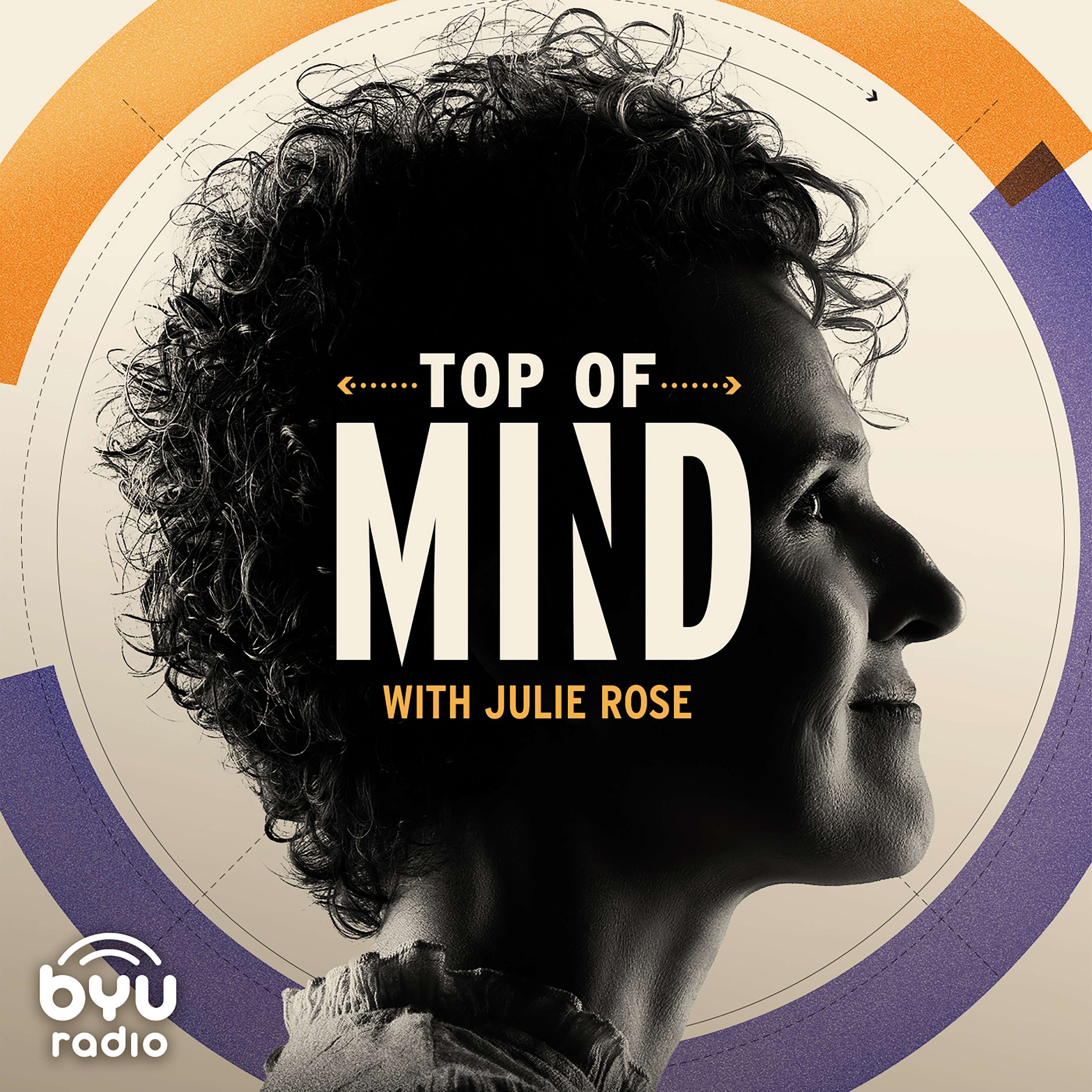Coronavirus, Time Travel, How Not to Diet

Coronavirus Not Yet a Major Threat in the US. Meanwhile, Don’t Ignore the Flu (0:31) Guest: Andrew Pavia, MD, Chief, Division of Pediatric Infectious Diseases, University of Utah Health Five cases of corona virus have been confirmed in the United States. Officials say all of the patients had previously traveled to Wuhan, China, which remains at the center of the disease outbreak. Travel is restricted for tens of millions of people in China as the government tries to stem the spread of the virus, which has so far killed at least 80 people and sickened thousands. Is Time Travel Possible? (14:21) Guest: Ron Mallett, PhD, Retired Professor Emeritus and Research Professor, Department of Physics, University of Connecticut If you could travel back in time, is there one person or moment you’d choose to visit? The answer to that question has fueled Ron Mallett’s entire career as a theoretical physicist –but until he got tenure at the University of Connecticut, he had to keep his time travel aspirations a bit under wraps. Mallett has recently retired from teaching and is trying to raise money to test his theories about time travel. Publicly-Available Satellite Data Helps Regular Citizens Monitor Secret Nuclear Development in Iran and NK (35:15) Guest: David Schmerler, Senior Research Associate, James Martin Center for Nonproliferation Studies, Middlebury Institute of International Studies at Monterey North Korea and Iran have both recently said they plan to renew their efforts at developing nuclear weapons. Understanding just where those countries currently stand with nuclear capability has traditionally required skills and sources only a government agency would have access to. But these days anyone can go on Google Earth and see virtually any spot on the planet in reasonable detail. Researchers at the Middlebury Institute’s James Martin Center for Nonproliferation Studies have developed an impressive reputation for sleuthing nuclear secrets using satellite images and other publicly-available information. The Facts About Healthy Eating and How Not to Diet (50:37) Guest: Michael Greger, MD, Author of “How Not to Diet: The Groundbreaking Science of Healthy Permanent Weight Loss” A 500-page diet book written by a doctor who hates diet books. Just what the world needs, right? But the things is, most of us do worry –or at least wonder–what the best diet for optimal weight and health is. And we’re swimming in advice that’s contradictory and confusing. He’s made it as fact-based and comprehensive as possible, so it’s hefty enough you might actually build a little muscle holding it while you read. Sadness is Major Driver of Tobacco Use (1:09:04) Guest: Charlie Dorison, PhD Candidate, Harvard University Cigarette use has steadily declined in America since the smoke-filled days of the 1950s and 60s. But smoking remains the leading cause of preventable death in this country. Why do people smoke? Harvard survey work suggests feeling sad is a major trigger of tobacco use. Assessing Dopamine Levels to Treat Addiction (1:23:13) Guests: Scott Steffensen, PhD, Professor of Psychology and Neuroscience, Brigham Young University; Mike Alder, Technology Transfer Office, Brigham Young University More than 20 million Americans are experiencing addiction to alcohol or illicit drugs,including marijuana and opioids. The intense physical and psychological pain of withdrawal keeps many people from overcoming substance use disorder. The brain chemical dopamine plays a crucial role in that process and BYU addiction research Scott Steffensen is working to understand it better. He’s lately developed a potential avenue for quickly measuring dopamine levels in the brain in order to tailor addiction treatment for a patient.